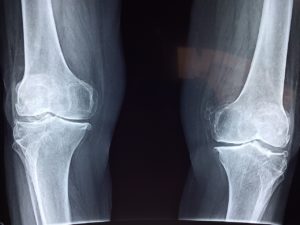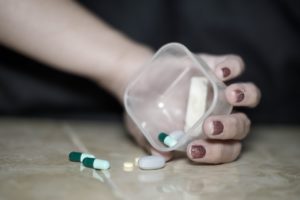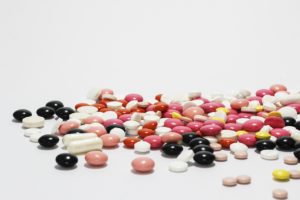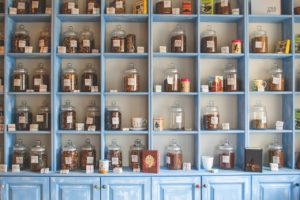How to Become a Pharmacist

How did you become a pharmacist? How many years did you have to go to school? Was it hard? Do you have to be good at math? I get asked all the time, whether at the pharmacy counter, on Facebook, or just out and about in town.
What does it take to be a Pharmacist?
- Decide you want to be a pharmacist.
- Go to college and make Pre-Pharmacy your area of focus.
- Take lots of chemistry, biology, anatomy, and physics. Take a little history, literature, and speech communications, and probably some PE…
- Research and apply to Pharmacy Schools.
- Take the PCAT (only after taking Organic Chemistry).
- Get invited for an interview. Dress nice, comb your hair, practice good eye contact, and not saying “um, like” so much.
- Get accepted! *You don’t have to graduate with a degree before starting Pharmacy School*
- Start Pharmacy school. Move across town or across the country, if necessary.
- Study your brains out.
- Gain experience in different pharmacy settings through practical rotations and getting a job in a pharmacy.
- Pass all your classes (even if just barely).
- Graduate and get called Doctor.
- Study your brains out some more.
- Take a 3-hour test called the NAPLEX (North American Pharmacy Licensure Examination).
- Take a slightly shorter test called the MPJE (Multistate Pharmacy Jurisprudence Exam) – aka Pharmacy Law.
- Pass your board exams and become a licensed Pharmacist.
- Start work. *Somewhere between your last year of school and passing your exams you should have applied for and accepted a job*
This is not the only path to becoming a pharmacist. It is just one option, the straightest option. You can take many other paths to become a pharmacist, and any path you choose is going to give you personalized experiences and a unique story.







